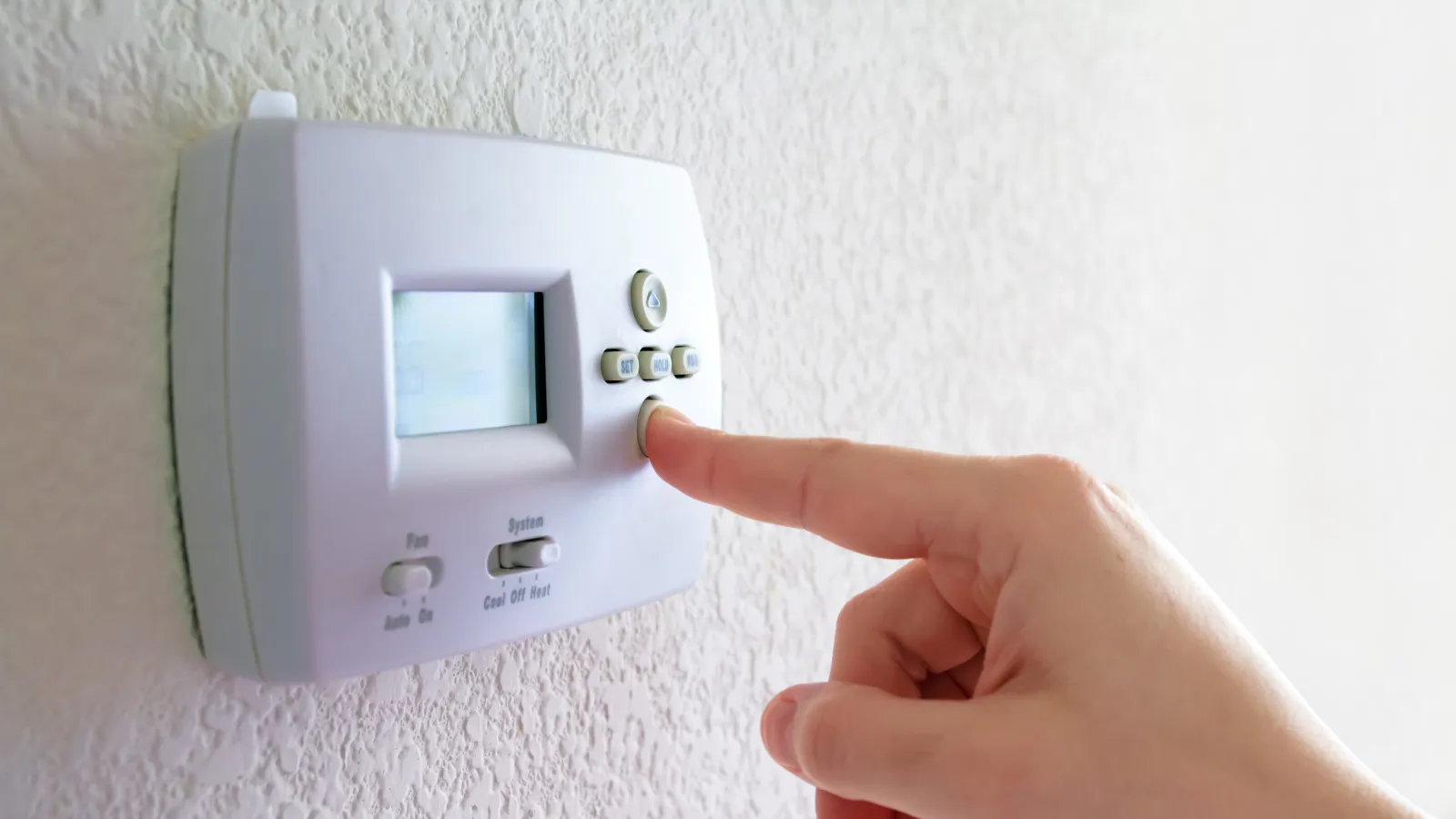Daylight saving time (DST) is the practice of advancing clocks from March through October by one hour so that light extends into later into the evening hours — sacrificing normal sunrise times. Germany was the first country to implement DST — during the First World War as a way of conserving coal during wartime. European countries, Russia, and eventually the United States followed suit. Following the war, DST was dropped, only to be started again during World War II for the same energy-conserving reasons. Other countries have used it, particularly since the 70’s energy crisis.
Today, most of DST’s benefits come through the lowered use of residential lighting. Since most household activity occurs in the evening — delaying the use of lights (and computers, tvs, and appliances) for an hour can result in significant overall savings.
A 2008 report by the United States Department of Energy (DOE) concluded that the extension of DST saved 0.5% of electricity usage during the extended period that occurred in March in April. Other studies have been inconclusive.
Of course, another way to save energy, summer AND winter, is by making sure your home has sufficient insulation in the walls and attic. One of our customers just reported an energy savings of about one hundred dollars a month! Match THAT Daylight Saving Time!



